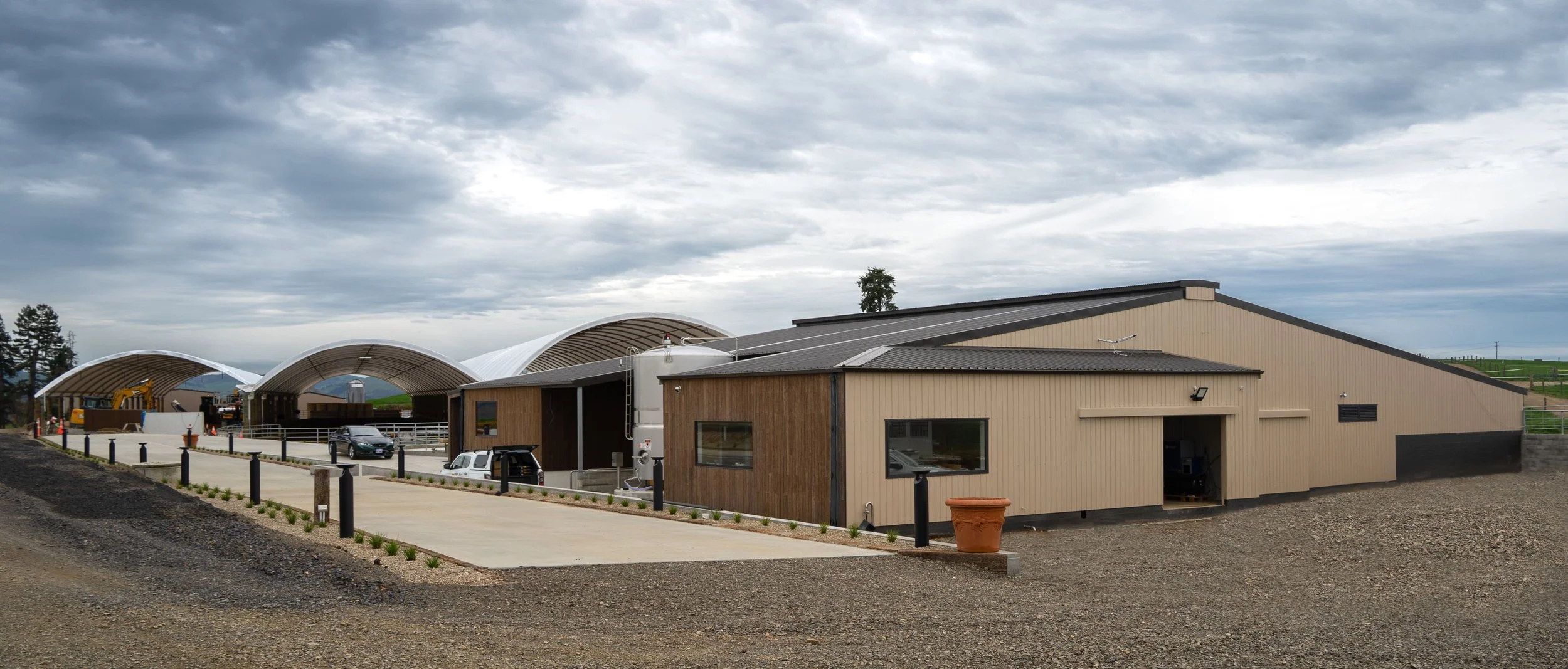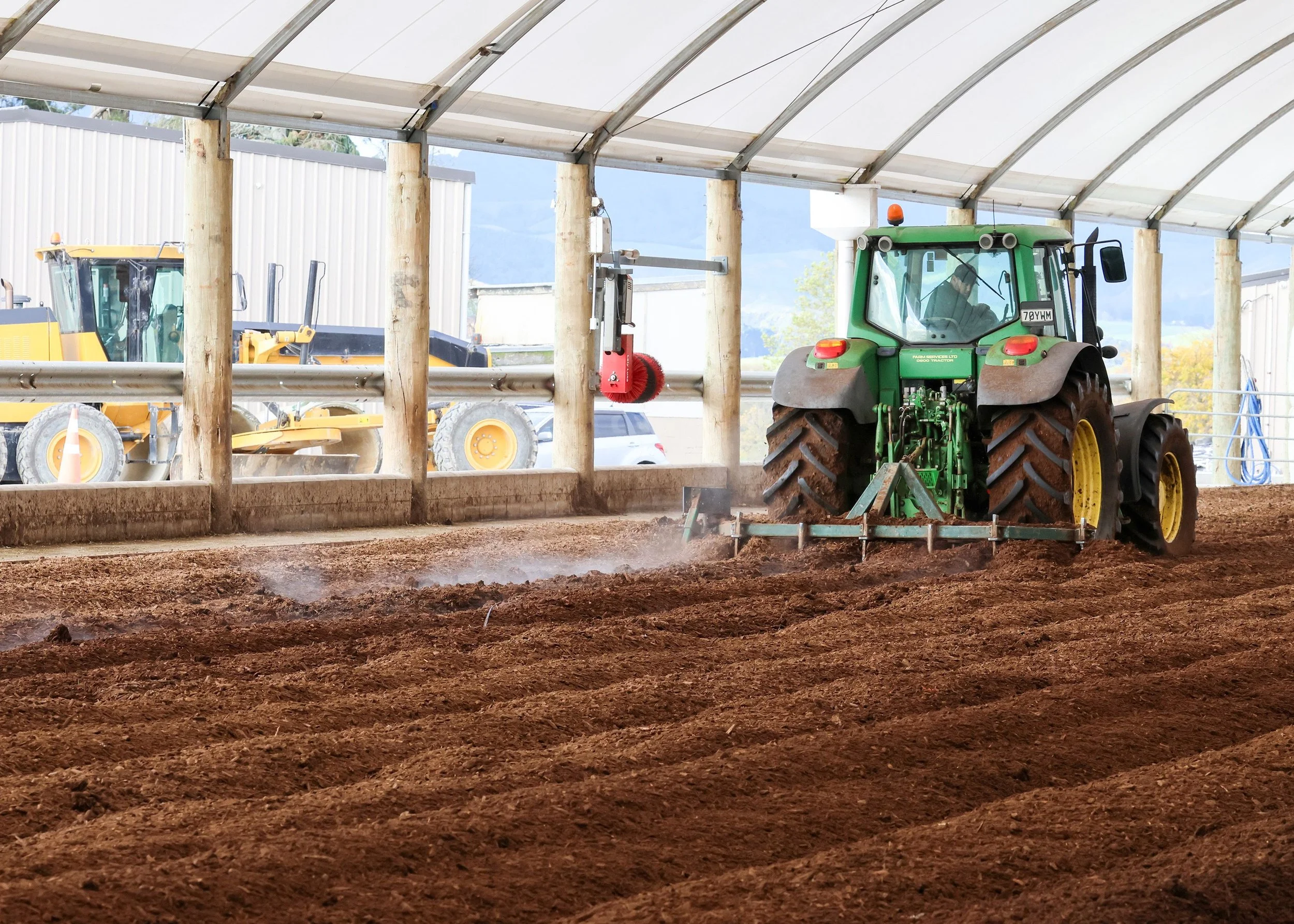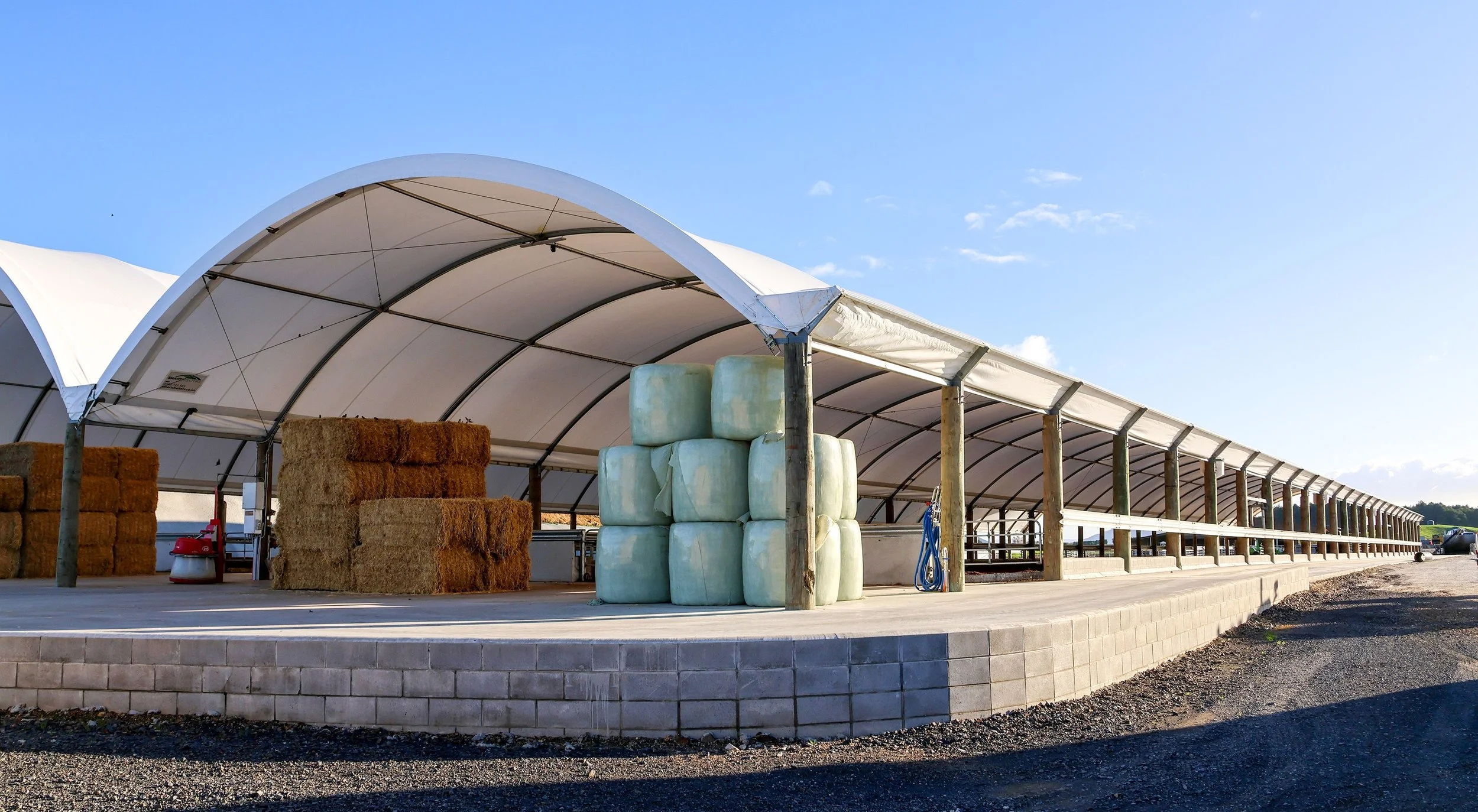“Smart ideas”
With animal welfare in sharp focus, SmartShelters steps into the light for practical reasons.
Achieving protection from the sun and rain, while sustaining a light-filled environment with continuous airflow for cattle has made these structures a compelling choice. They continue to find increasing traction throughout the country.
The signature dome-shaped, steel-framed shelters are easy to spot. What’s not so easy to see is that they are clad in a UV-resistant, weather-proof fabric –that offers the biggest clear spans available within industry [6m to 45m in width x any length]. Uses for them range all the way from composting barns, to wintering barns, to covered feed pads, and calf rearing barns. For Richmond Downs Ltd’s Phil Empson, his “why”was easy.
He is all about animal welfare and how technology takes the industry forward. He is often at the pointy end of those emerging conversations, and he’s not afraid to be that guy. He now has three SmartShelters (two for the herd, and one for his calves and storage) on his Kihikihi property in the Waikato. This is a state-of-the-art facility –that has had an incredible overhaul aimed squarely at making life comfortable for his 600-cow spring-calving herd (and all the young stock) on 200 hectares. It also stands as a shining example of showcasing the industry in a positive light.
Three SmartShelters have been included within this new build. photo by: Ella Pirie Photography
Asking the question
In 2023 Phil approached SmartShelters Brett Cottle looking for a solution to his wet winters and hot, humid summers. He wanted to move to a high input/high production system, and he wanted his herd to be comfortable doing it.
“What kick-started the whole project was animal welfare, and what could I do for my girls,” Phil said.“The optimum outside temperature for a cow is eight to 10-degrees Celsius. People often aren’t aware of that, and I had a huge passion to address it on my farm.”
Brett said Phil’s fearless drive allowed them to create a textbook example.“ Phil went with us because of the big clear spans we offer, and that these structures have the best ventilation–because the height and the wind-tunnel shape draws moisture and creates natural airflow.“ Phil is a top-tier example, which is how he operates in everything he does.” The two sheds for the cows are each 18m wide x 125m long (with some storage space at one end).
The calf shed (and some storage) is 85m long. The cows’ structure includes some bespoke decisions, including four feed faces, a convenient six-metre concrete feed lane for a tractor to come through, and the cows have concrete underfoot at the feed face (which makes it easier to clean). They allowed 800mm of space per cow along the feed faces.
The sheds are bedded on compost, which is an active biological mass–rated among the most comfortable natural beddings for cows internationally–when it’s well managed. Richmond Downs’ team “rip” [aerate] the bedding twice-a-day to sustain an ideal 50-55% moisture level. “On a cold morning you can’t see anything because of the clouds of steam. It ventilates out with the wind tunnel design,” Brett said.“And, on a still day, you’ll be a lot cooler in there than outside.”
Aerating the bedding. Photo by Dianna Malcolm
Summer’s a breeze
Phil said it had changed the game for their operation.“ In summer, we’d estimate it’s up to 10 degrees cooler in the SmartShelters, and it stays under 20 degrees no matter how hot it gets,” Phil said.“Humidity is a challenge for us here in the Waikato and on a 28-degree day in the summer, the cows were often panting outside. Now, it’s roughly 18-degrees inside the shelter with good airflow.” Brett said it’s no secret heat stress directly impacts milk production.“ Every degree over 20-degrees translates into another litre of production that is lost per cow per day. On this farm, that equates to .5kg Milk Solids (MS) a day, and there are up to 100 days in summer –that’s 50kg MS per cow per season,”he said.In the winter, the conversation swings the other way.
“The temperature of the bedding is about 50-degrees because that mass is alive. The cows enjoy the warm surface, but the airflow is quite strong getting rid of that moisture and heat. “Even on our open days in Southland in the winter, the farmers will be burying their boots in the compost bedding to warm up,” Brett said.“These structures really offer the best of both worlds.”
The back of the SmartShelters is also used for storage. Photo Dianna Malcolm



